If you enjoy exploring the outdoors in your SUV, you might be interested in rooftop tents. Rooftop tents for SUVs give you a comfortable and convenient way to camp almost anywhere, turning your vehicle into a secure basecamp. These tents mount directly to your vehicle’s roof rack and set up quickly, offering an elevated sleeping area off the ground.
Rooftop tents for SUVs come in a range of designs and sizes, including hardshell and softshell options, to suit different needs. Many models are durable and weather-resistant, which allows you to camp in various conditions without sacrificing comfort. Whether you’re planning a weekend getaway or a longer road trip, the right rooftop tent can make your adventures more enjoyable and flexible.
Key Takeaways
- Rooftop tents turn your SUV into a mobile, elevated campsite
- Features and fitment vary, so consider your SUV’s compatibility and your camping needs
- Durable designs allow for all-season trips and easy setup wherever you travel
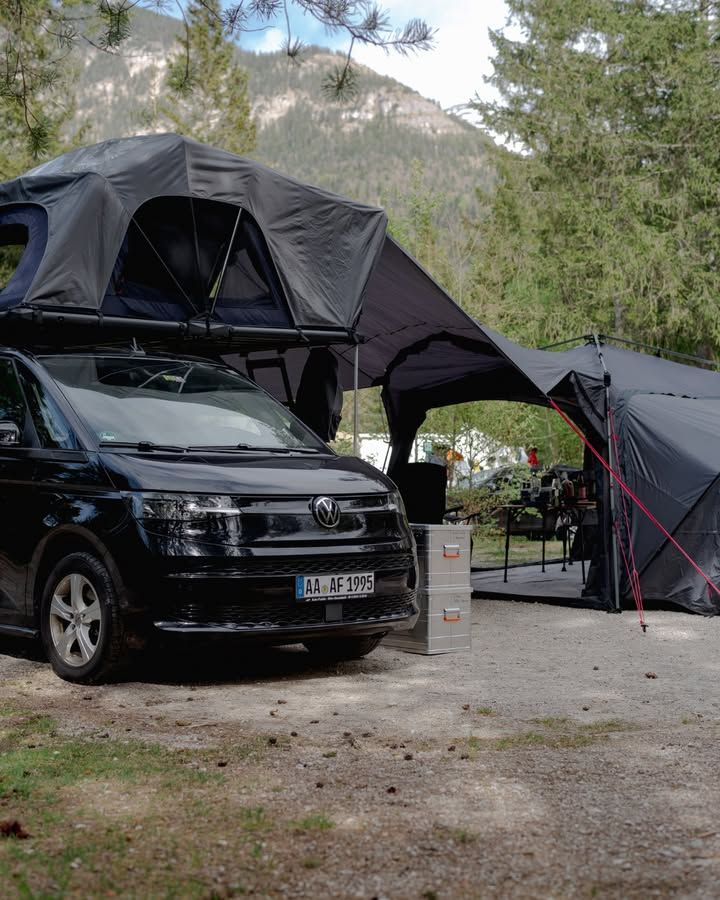

What Is a Rooftop Tent for SUVs?
A rooftop tent for SUVs is a specialized shelter that mounts to your vehicle’s roof rack, providing a portable and elevated sleeping space. These tents combine convenience and durability, making them popular among campers who need quick setup and easy mobility.
Key Components of Roof Top Tents
Rooftop tents are usually made with a sturdy base, weather-resistant fabric, and an integrated mattress for comfort. Most models include an aluminum or fiberglass shell for support and protection on the road. Entry is typically via a telescoping ladder that folds down from the tent.
Many rooftop tents for SUVs feature mesh windows, built-in ventilation, and interior storage pockets to help you organize gear. Some options have annexes or awnings for extra shade or changing space. Mounting hardware is included to secure the tent directly to your SUV’s crossbars or roof rails.
Table: Common Features of Roof Top Tents
| Feature | Description |
|---|---|
| Integrated mattress | Built-in sleeping pad |
| Hard/soft shell | Hard shells boost durability and aerodynamics |
| Telescoping ladder | For easy entry and exit |
| Mesh windows | Ventilation and protection from bugs |
| Interior storage pockets | Organize small essentials |
How Rooftop Tents Differ from Ground Tents
Unlike ground tents, rooftop tents install on top of your SUV, keeping you off uneven ground and away from dirt, water, and small animals. Set up time is usually quicker—most rooftop tents unfold and are ready in just a few minutes.
You don’t need to search for a perfectly flat site, and your sleeping area stays cleaner and drier. Rooftop tents often include a thicker mattress than standard camping tents, so you may find them more comfortable.
There is less worry about wind or flood since you’re above ground level. However, rooftop tents are heavier and more expensive than most ground tents, and your vehicle must have a suitable roof rack to support the setup.
Ideal Vehicles for Rooftop Tents
The best vehicles for rooftop tents are SUVs, trucks, and some cars with a robust roof rack or crossbars rated for weight. SUVs are particularly suitable thanks to their ample roof space and higher load capacity. This makes attachment secure and allows for larger tent models.
Most rooftop tents are designed to fit a wide range of vehicles, but always check your SUV’s roof load rating before installation. Sedans and smaller crossovers may handle smaller soft-shell tents, while larger SUVs can support bigger hard-shell models.
Popular options include compact crossovers, midsize and full-size SUVs, and some pickup trucks. Brands often indicate vehicle compatibility, but the most important factors are the strength of your roof rack and proper installation.
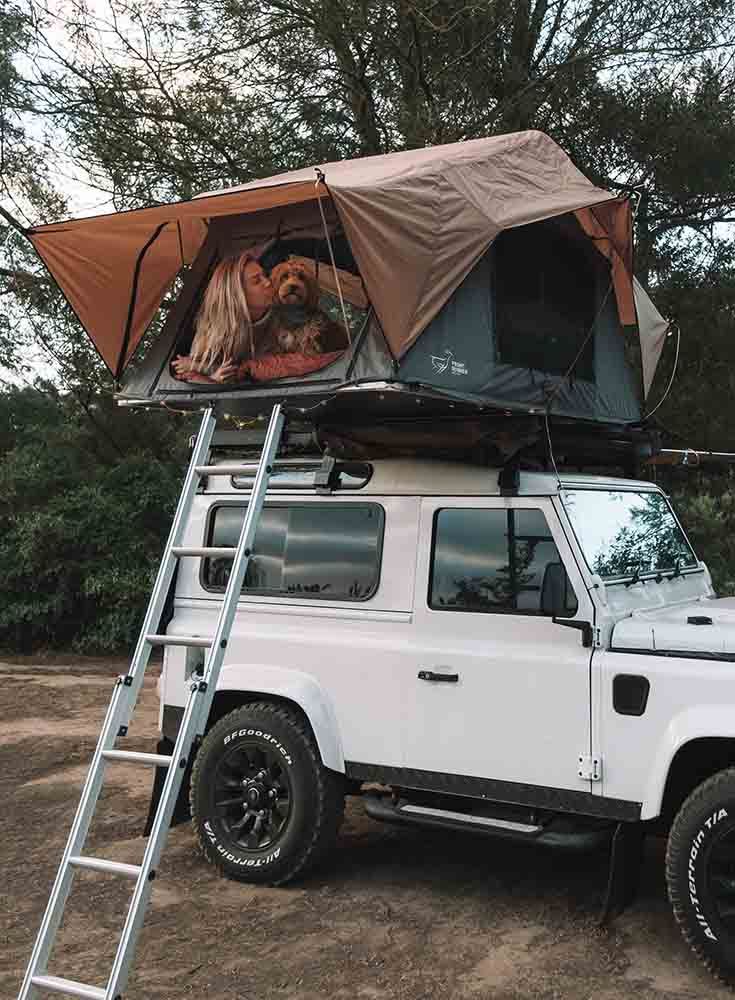
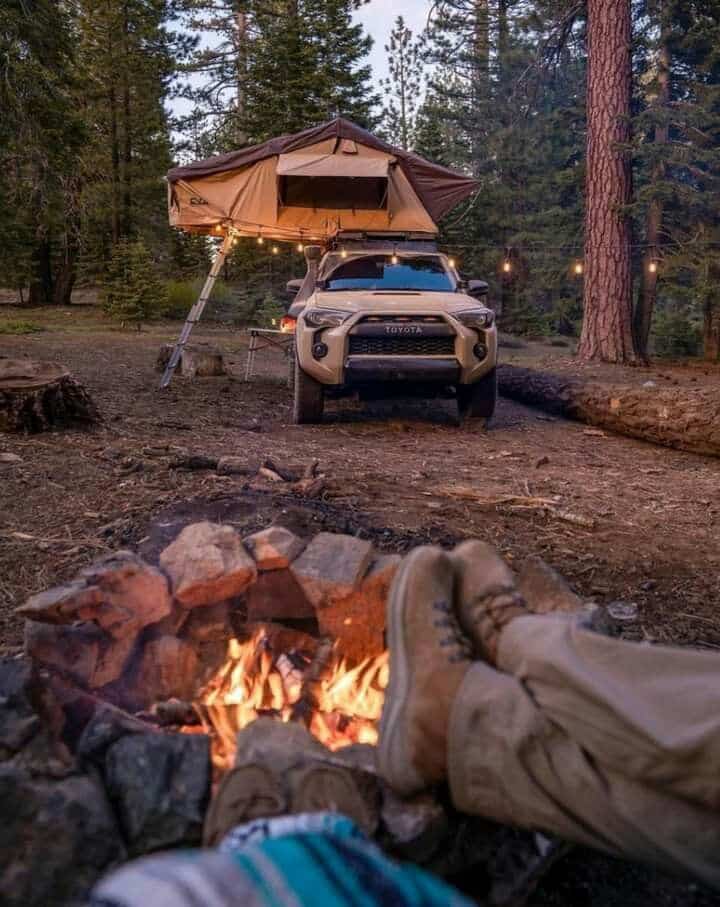
Features and Specifications to Consider
When selecting a rooftop tent for your SUV, practical details determine the tent’s longevity, comfort, and effectiveness in various conditions. Every feature, from fabric blends to built-in storage options, can affect your camping experience and ease of use.
Material and Construction
The primary fabric used for rooftop tents is often a coated 600 denier material, paired with a 260g poly-cotton blend. This combination offers durability, tear resistance, and protection against both UV exposure and rain. Heavy-duty construction supports not only the tent itself but also the wear and tear of repetitive setup and travel.
A reliable tent should also include a strong, corrosion-resistant frame. Aluminum poles are commonly preferred for their strength-to-weight ratio. Zippers and fasteners benefit from robust designs, as these areas see frequent use.
Look for details such as reinforced stitching, sealed seams, and a sturdy PVC waterproof travel cover. These components prevent water ingress and enhance the lifespan of your tent. Additional features like black stretch netting or nylon netting can provide extra ventilation or organized storage.
Mattress and Interior Comfort
Comfort inside the tent centers on the mattress quality. Most premium rooftop tents include a 2″ high-density foam mattress. This type of mattress helps cushion hard surfaces and provides insulation from cold air beneath your SUV.
Internal pockets and nylon netting allow you to separate personal items or keep essentials within reach. A black stretch net at the roof can hold jackets, books, or flashlights.
Airflow is crucial for sleep quality, so windows with mosquito screens should be easy to open and close. Double-check dimensions to ensure there’s ample room for everyone who plans to use the tent. Details like quiet zip pulls and easily accessible storage add convenience during overnight stays.
Weather Resistance
Your rooftop tent needs to withstand changing outdoor conditions. A coated 600 denier shell resists rain, wind, and sunlight. Paired with a PVC waterproof travel cover, the tent remains protected while you drive or store the setup between trips.
Poly-cotton blends offer breathability while still shedding light showers. Double-stitched and heat-sealed seams prevent leaks. Durable window covers with Velcro or toggles stop drafts and rain entry.
Pay attention to built-in ventilation options, such as mesh windows with adjustable flaps, to reduce condensation during stormy nights. Strong aluminum hardware and reinforced corners help the tent resist swaying in heavy winds, giving you predictable shelter wherever you camp.
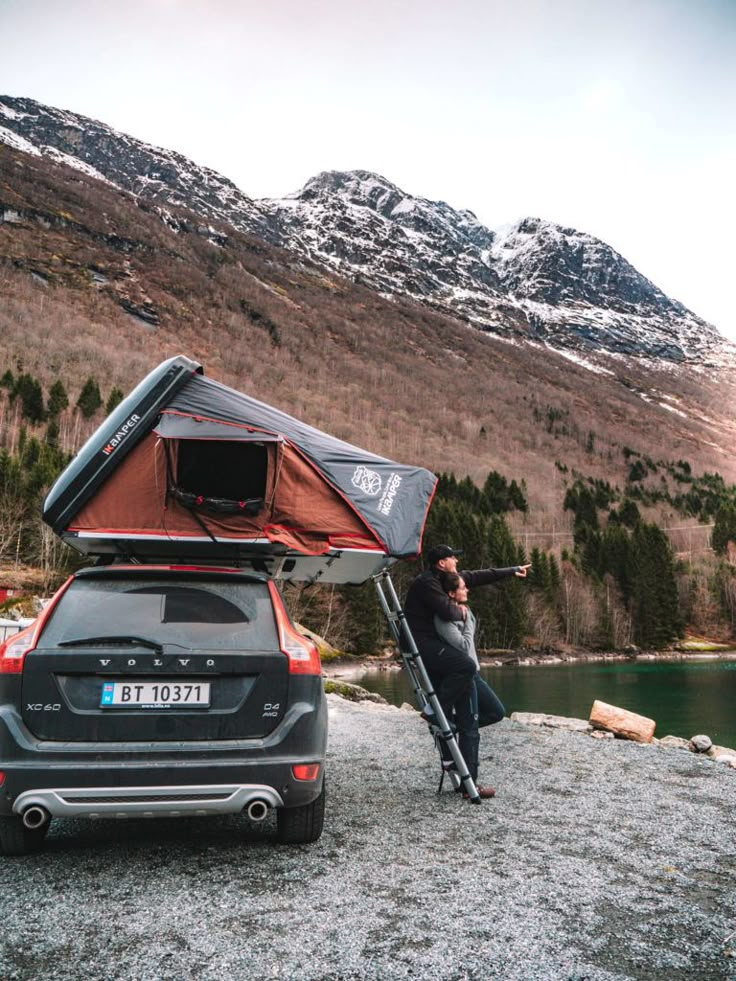
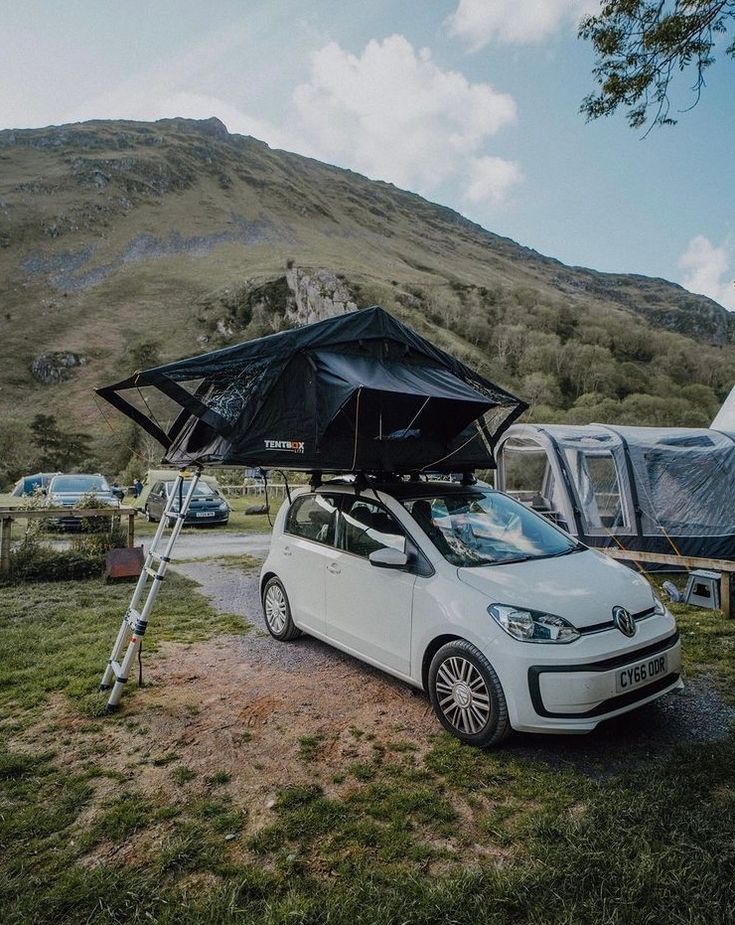
Installation and Mounting Options
A rooftop tent setup for your SUV requires careful attention to how it fits with your roof rack, the type of mounting hardware it uses, and the accessories that support stable installation. Ensuring compatibility and following proper installation steps help maximize safety and usability.
Roof Rack Compatibility
Your SUV roof rack must support the weight of both the tent and occupants. Most rooftop tents require either a factory, aftermarket, or heavy-duty roof rack that features cross bars spaced properly for the tent’s base.
Be sure to check your vehicle’s maximum dynamic and static weight ratings, which indicate how much weight can be safely carried while driving and when parked. Some racks require additional reinforcement to handle heavier tents or multiple people.
It is important to measure cross bar dimensions, spacing, and weight distribution along the rack. Incompatible racks may cause unsafe fitment or void the tent warranty. Popular racks include Thule, Yakima, and Rhino-Rack models, many of which offer vehicle-specific fit kits for secure mounting.
A table to check for compatibility:
| Roof Rack Type | Supports RTT? | Minimum Load (lbs) | Notes |
|---|---|---|---|
| Factory Cross Bars | Sometimes | 100–165 | Check dimensions/spacing |
| Aftermarket HD | Yes | 160+ | Best for large tents |
| No Roof Rack | No | 0 | Must install a rack |
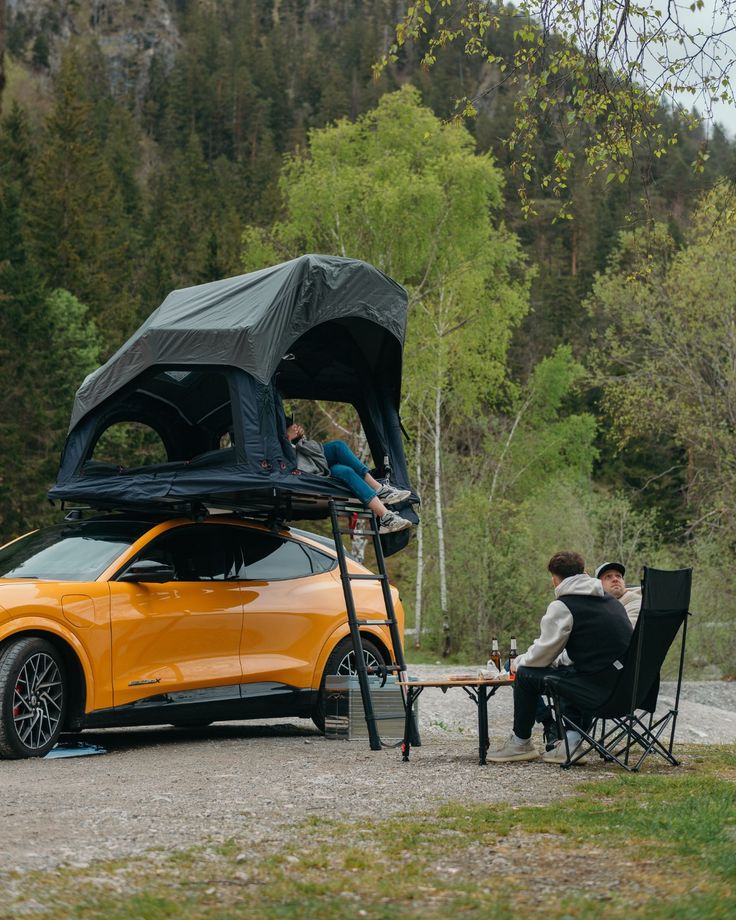
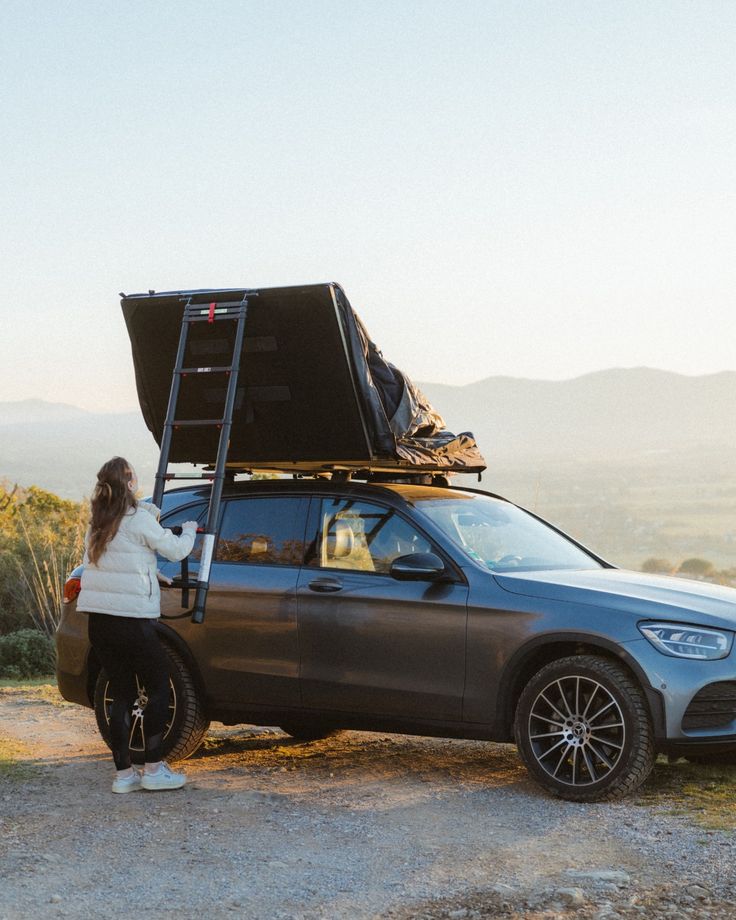
Universal Mounting Hardware
Most rooftop tents use universal mounting hardware designed to attach to standard roof rack cross bars. These systems typically include metal brackets, u-bolts, nuts, and washers that secure the tent base to the rack.
Universal kits often fit a wide variety of bar shapes, including round, square, and aerodynamic profiles. Still, you should confirm that your cross bar width and thickness are within the recommended limits of the hardware provided.
Many hardware kits include locking fasteners for security. Tightening all bolts to manufacturer specifications is essential. Some setups add additional tension rods for increased rigidity, especially in tents designed to handle rough conditions. Universal hardware prioritizes adjustability, making it easier to switch tents between vehicles if needed.
Setup Process and Accessories
The typical installation process begins with lifting the tent onto your SUV roof rack, which usually requires two or more people due to the tent’s size and weight—often over 100 lbs. Align the tent’s mounting rails with your cross bars, then attach using the included universal hardware.
A step-by-step checklist:
- Verify roof rack and tent compatibility.
- Place protective mats or pads (optional) to prevent scratching.
- Position tent alignment rails over cross bars.
- Install mounting brackets and fasten securely with bolts/nuts.
- Double-check all connections for security.
Depending on design, additional accessories like tension rods are used to support awnings or vestibules and ensure structural strength. When camping, use stakes to anchor the annex or ladder if included, especially in windy conditions. Accessory kits may also include weather covers, extra bolts, and ladder extensions. Proper initial setup contributes to tent safety and convenient use on all your trips.
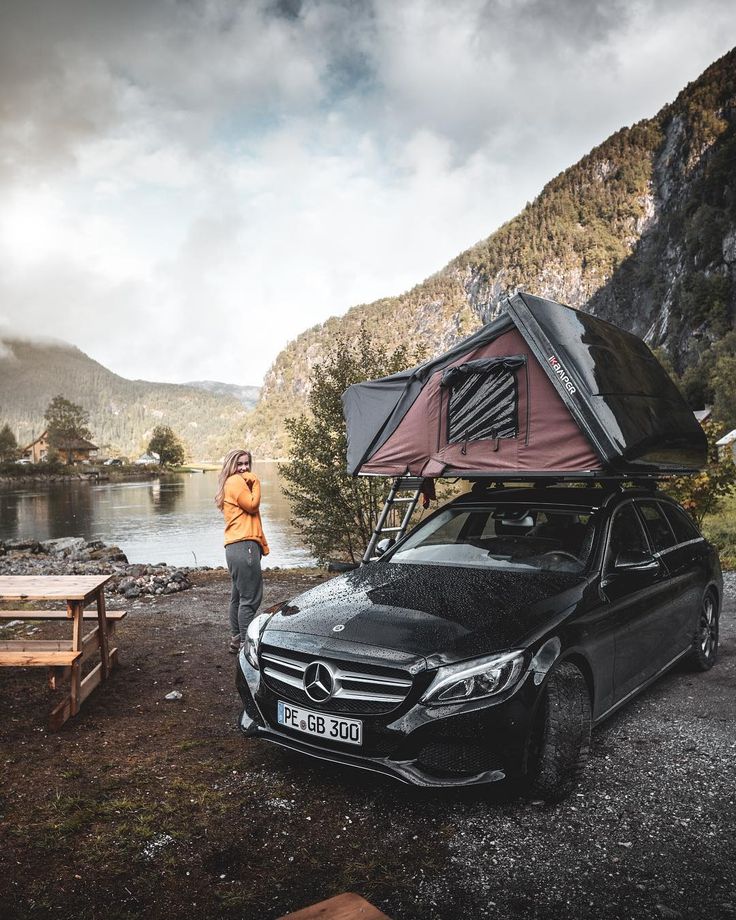
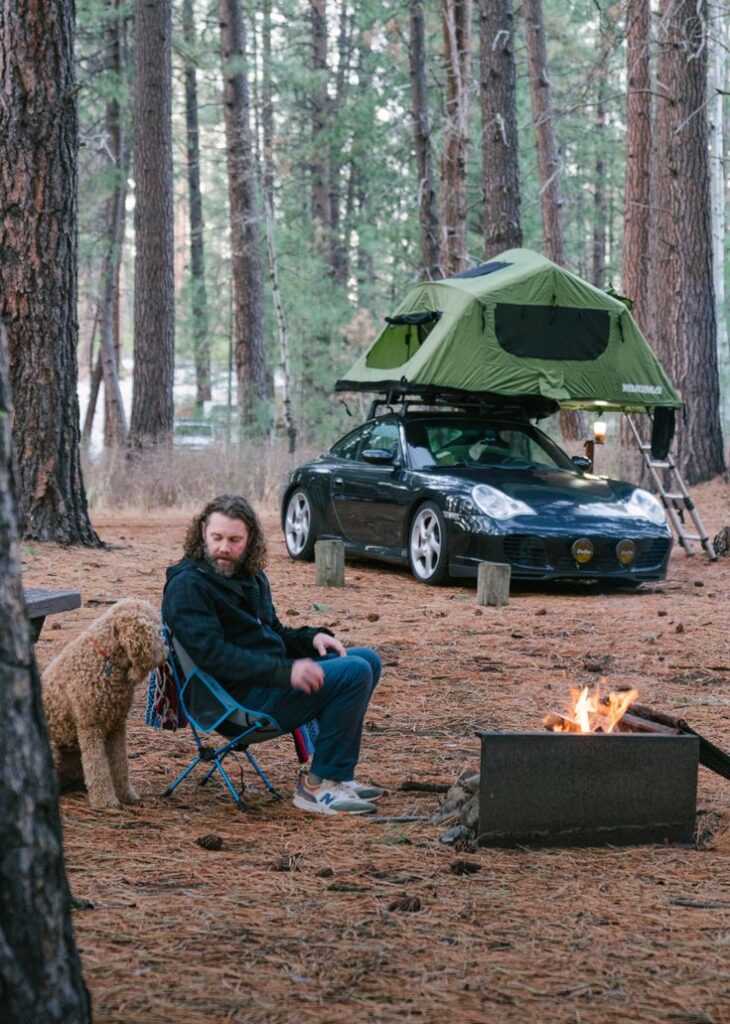
Choosing the Right Rooftop Tent for Your SUV
Selecting an effective rooftop tent depends on vehicle compatibility, tent size, budget, and your specific camping needs. Many models offer unique features such as durable frames, upgraded sleeping pads, and fast setup routines.
Sizing and Capacity
Before purchasing a rooftop tent, you need to match the tent’s size and weight with your SUV’s roof load rating. Check the dynamic (driving) and static (parked) weight limits listed in your owner’s manual. Use these figures to ensure safe travel and setup.
Most rooftop tents list floor dimensions and sleeping capacities. For example, common options include tents with 33 sq. ft. floor space, which suit two to three people. Assess who will use the tent most often and consider headroom, mattress thickness, and whether you want extra storage.
Chart the weight of the tent and mounting hardware. Many softshell tents are lighter and easier on smaller SUVs, while hardshell models tend to be heavier but offer better insulation and durability. Balance capacity and comfort with your vehicle’s payload limits.
Compact Two-Person Models
If you camp with just one other person or want to keep your setup light, compact two-person models are a smart choice. These tents are designed to be aerodynamic and typically have a smaller footprint, often ranging from 25 to 33 sq. ft. of floor space.
Advantages include faster setup, easier handling, and less impact on your SUV’s fuel efficiency. These models are also easier to store and remove when not in use. Many leading brands like iKamper and Roofnest offer well-reviewed compact units that are quick to deploy.
Consider features such as integrated mattresses, ventilation, and waterproofing. Compact models may have lower headroom, so check interior height if you expect to sit up or change clothing inside. Always confirm the fit for your specific SUV roof rack system before purchase.
New vs Used Roof Top Tents
The choice between buying a new or used roof top tent involves several trade-offs. New tents offer up-to-date designs, full manufacturer warranties, and usually the latest in materials and occupant safety. This results in higher cost but often less worry.
Used rooftop tents can offer significant cost savings, especially on high-end brands. Inspect any used tent closely for signs of fabric damage, worn zippers, or compromised mounting hardware. Ask about the age and storage history, as UV damage or long-term exposure can reduce waterproofing and tear strength.
Sometimes you’ll find lightly used options including popular models or older versions of current tents. Always assemble the tent before buying to check for missing parts and confirm fitment for your SUV’s roof specifications. Buying used can be smart if you’re patient and diligent during your search.
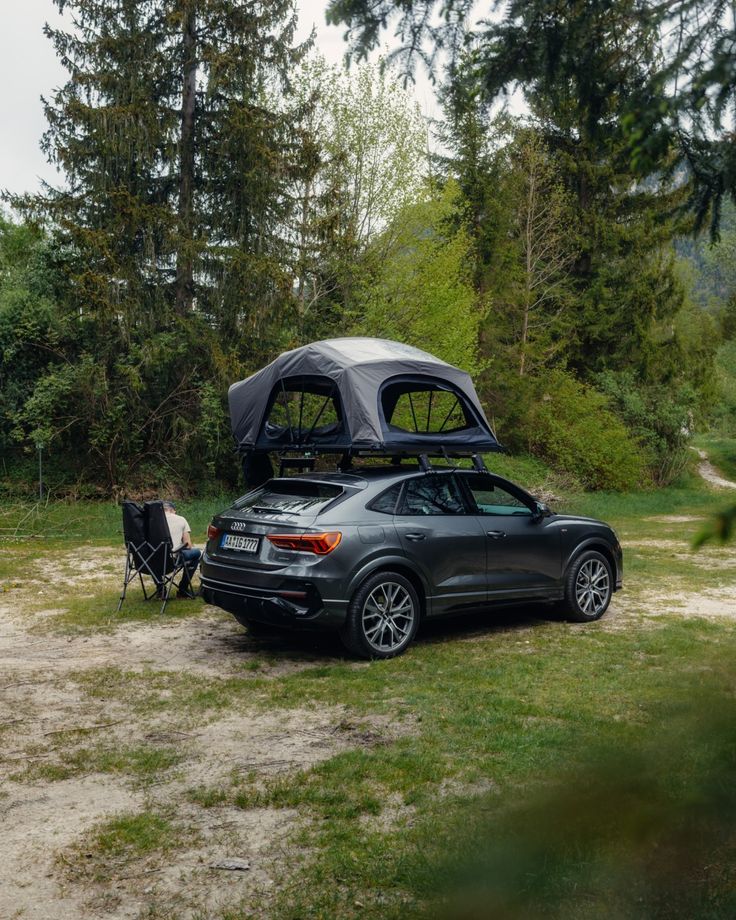
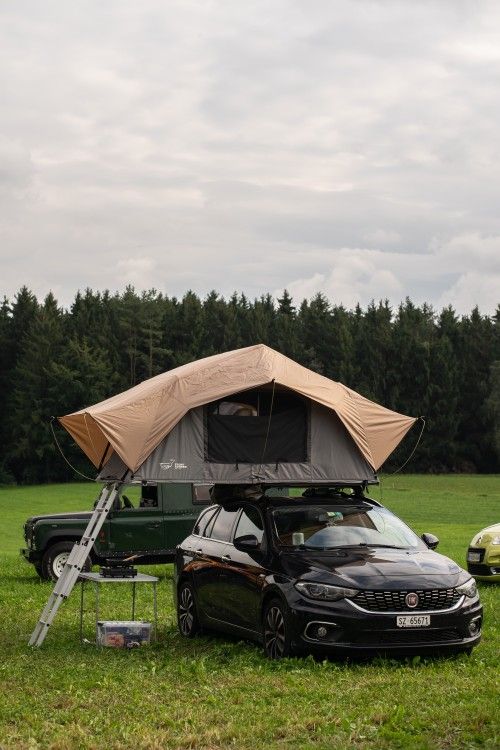
Experiencing All-Season Adventures with Rooftop Tents
Rooftop tents for SUVs let you camp year-round, no matter the weather. With options for overlanding, integrating setups like teardrop campers, and camping gear essentials, you can travel further and be more self-sufficient on the road.
Overlanding Journeys
Overlanding with a rooftop tent gives you the flexibility to camp in diverse environments, from deserts to snowy forests. The elevated sleeping position keeps you away from mud, snow, and uneven ground, increasing comfort and safety. Most rooftop tents are designed to withstand rain, wind, and even light snow, making them suitable for spring, summer, fall, and winter outings.
You can set up camp quickly compared to traditional ground tents, essential when moving between remote locations. The rigid construction provides better insulation and protection during cold weather conditions. All-season models usually feature insulated panels, weather-resistant fabrics, and reinforced zippers. This helps retain warmth during freezing nights and keeps out heavy rain.
Key features for overlanders:
- Durable waterproof material
- Built-in ventilation for condensation control
- Ladder and mounting hardware compatible with most SUVs
A rooftop tent enables more flexibility and minimizes the impact on the environment compared to clearing areas for ground tents.
Integrating with Teardrop Campers
Pairing a rooftop tent with a teardrop camper expands your living space and comfort. You can use the rooftop tent for sleeping while the teardrop provides secure storage, kitchen options, and shelter from harsh weather. This combination is especially useful on longer overland journeys or family trips.
The teardrop camper typically stays attached to your SUV’s hitch, while the rooftop tent is mounted overhead. It’s possible to accommodate up to four people by splitting sleeping arrangements between the two setups. This makes it easier to camp in all seasons, since you have a dry, warm place to rest even in adverse weather.
Integration tips:
- Use awnings between the SUV and camper for a covered outdoor area
- Store heavy gear in the teardrop to keep the tent light
- Coordinate entry and exit points to prevent late-night disturbances
Both options together offer more storage and flexibility, especially if you need space for families or multiple travelers.
Camping Essentials for Rooftop Tent Owners
Owning a rooftop tent requires specific gear choices to ensure comfort and efficiency, especially during all-season adventures. Thermal sleeping bags, compact heaters, and extra blankets are recommended for below-freezing conditions. In summer, you’ll want mosquito nets, portable fans, and breathable bedding.
Bring a lightweight ladder extension if your SUV sits higher off the ground. Keeping a weather-resistant shoe bag or mat at the tent entrance prevents mud and snow from getting inside. Use compact, stackable food and water storage to optimize limited space.
Packing checklist:
| Essential Item | Purpose |
|---|---|
| Insulated sleeping bag | Stay warm in cold weather |
| Portable heater or fan | Temperature control |
| Weatherproof light | Visibility at night |
| First-aid kit | Safety |
| Collapsible containers | Space-saving storage |
Organization is crucial, as rooftop tents generally have smaller interior storage. Focus on gear that’s dual-purpose, lightweight, and suitable for various weather conditions.
- 41shares
- Facebook0
- Pinterest41
- Twitter0



